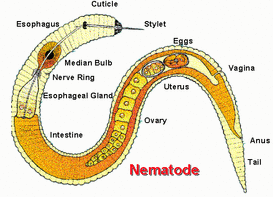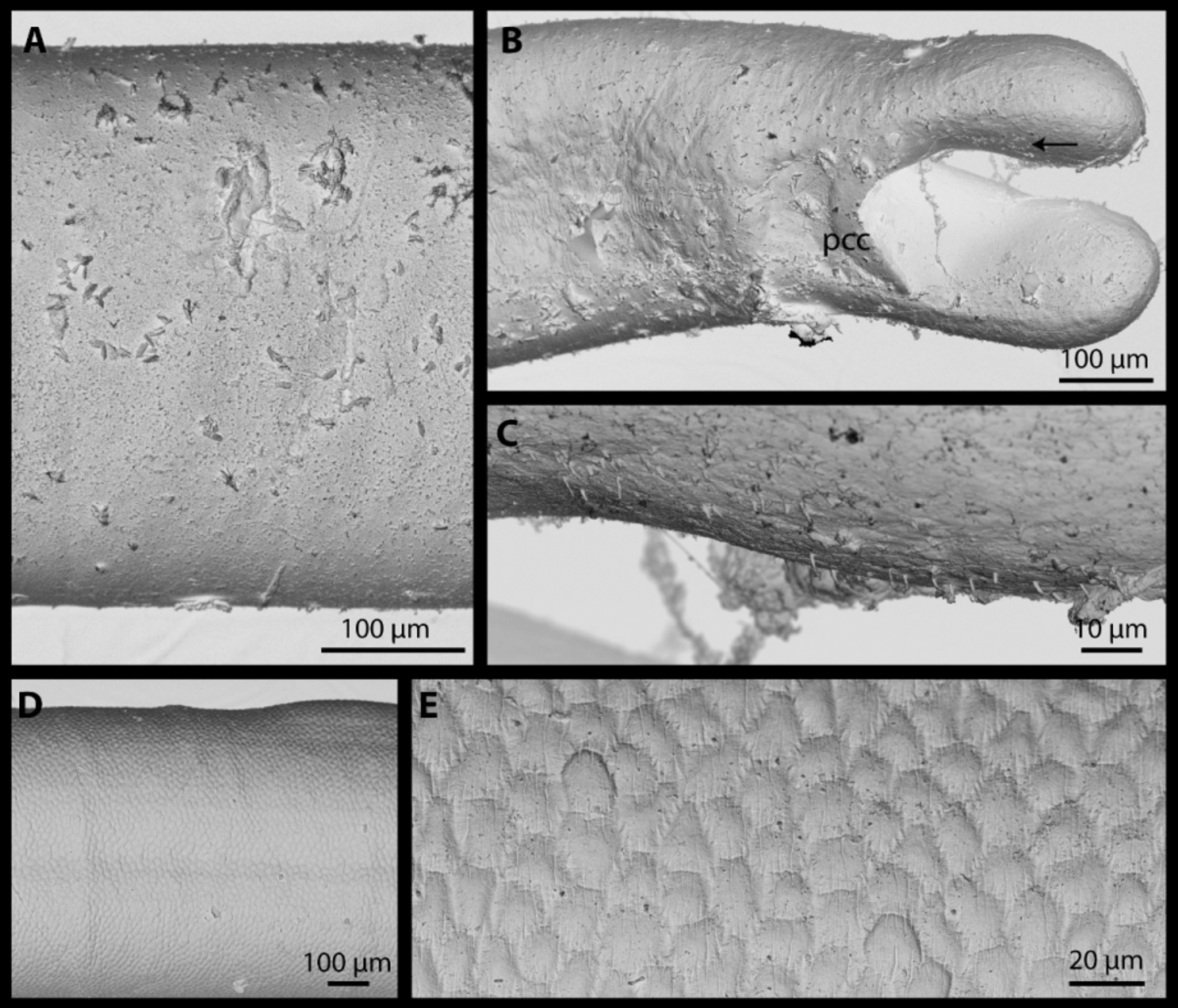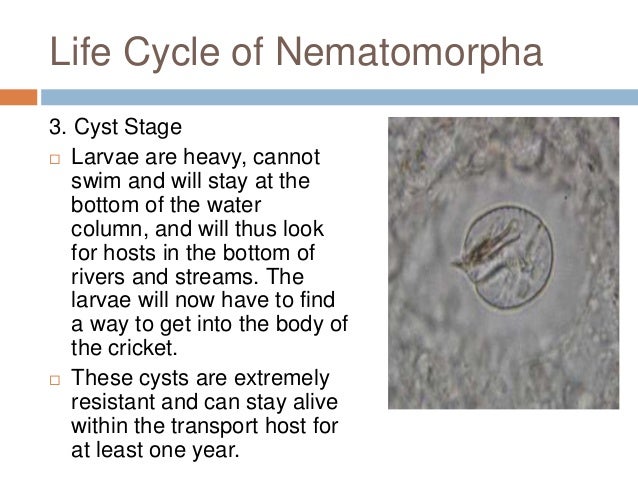

Therefore, human gnathostomiasis is considered an emerging global zoonosis. Furthermore, autochthonous gnathostomiasis has been reported in several non-endemic countries. Gnathostomiasis has also been reported, albeit infrequently, in travelers from developed countries who have visited endemic areas. To date, approximately 5000 cases of human gnathostomiasis have been reported worldwide, mainly from endemic areas in Japan and China, Thailand and other parts of Southeast Asia, Mexico, and Colombia and Peru in South America. spinigerum was not elucidated until 1936. siamensis was morphologically identical to Gnathostoma spinigerum, and thus considered the former a synonym of the latter.

Shortly afterwards, Leiper (1891) found that C. The first human case of gnathostomiasis was reported from Thailand in 1889, and was attributed to infection by Cheiracanthus siamensis (Levinseen 1889). In severe cases, L 3 also invade internal organs and tissues such as the liver, eyes, nerves, spinal cord and brain, which can result in blindness, nerve pain, paralysis, coma and even death. The most common clinical signs and symptoms of the disease are migratory cutaneous swellings and eosinophilia.

Humans are infected by these nematodes by consuming raw or undercooked fish, frogs, snakes or poultry that contain the L 3. Human gnathostomiasis, a food-borne zoonosis, is caused by the third-stage larvae (L 3) of Gnathostoma spp. It is urgently needed to develop a quick and sensitive diagnosis and to develop an effective regimen for the management and control of human gnathostomiasis. The information presented provides an impetus for studying the parasite biology and host immunity. We review the literature on the life cycle and pathogenesis of these parasites, the clinical features, epidemiology, diagnosis, treatment, control, and new molecular findings on human gnathostomiasis, and social-ecological factors related to the transmission of this disease. and the disease that these parasites cause in humans. This article reviews the literature on Gnathostoma spp. The recent surge in cases of human gnathostomiasis is mainly due to the increasing consumption of raw freshwater fish, amphibians, and reptiles. Human gnathostomiasis is often reported in developing countries, but it is also an emerging disease in developed countries in non-endemic areas.

Its etiological agents are the third-stage larvae of Gnathostoma spp. Human gnathostomiasis is a food-borne zoonosis.


 0 kommentar(er)
0 kommentar(er)
